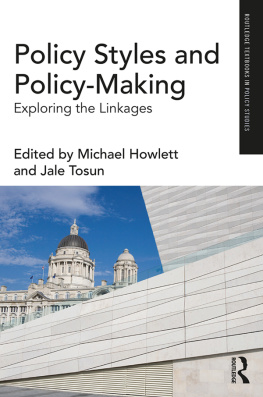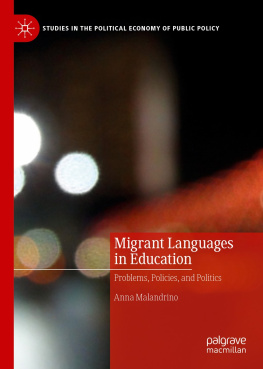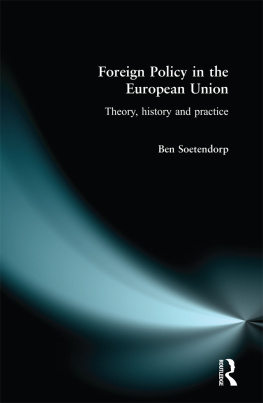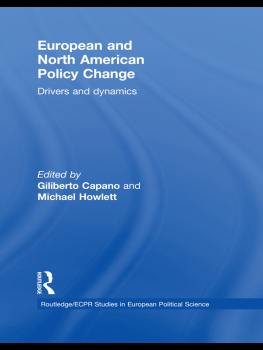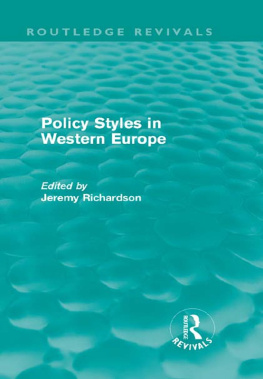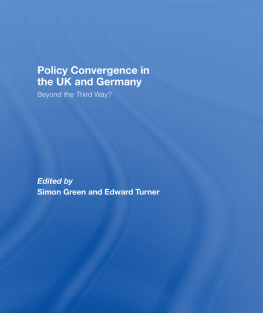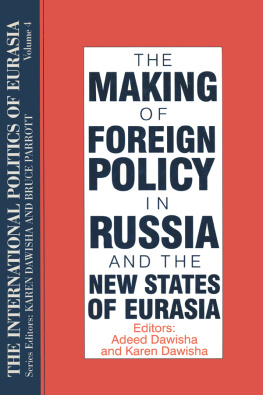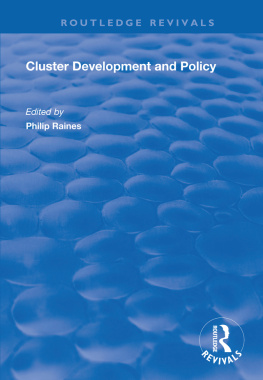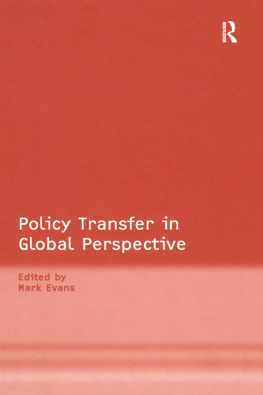Empirical insights on national policy styles and political regimes
Michael Howlett and Jale Tosun
The literature on public policy has been prolific in proposing typologies. These often feature efforts to bring some order to the study of an otherwise disparate set of phenomena, for which without such taxonomies generalization is either difficult or misleading. Examples of well-known typologies, whose very existence enabled further work clarifying causal relationships and behavior, include those put forward by Lowi (1972) on how policy determines politics and the other way around, Wilsons (1974) typology on the differential incidence of a policys costs and benefits in affecting the likelihood of regulation; Hoods (1986) typology of policy instruments; and, later, that developed by Hood and Margetts (2007), which helped to order our understanding of the otherwise vast range of policy instruments utilized by governments in their policy actions.
The analytical strength of typologies lies in their attempt to abstract from reality and simplify complex relationships, rendering these more manageable and subjecting them to a more detailed and acute analysis than would otherwise be the case. This strength is also the main limitation of typologies: the relationships between the variables they postulate may be either too specific or limited to capture the full range of activity present in any given policy reality (for a discussion, see Knill and Tosun 2012).
Another typology belonging to this set is the one on policy styles developed by Richardson et al. (1982) which has motivated the national case studies contained in this volume. As with the other typologies detailed above, its main strength was to take an otherwise complex range of governing institutions and processes and group them together in a simple but robust way highlighting the differences and similarities that count in terms of affecting and determining policy content, rather than merely listing all those that exist.
As with any such typology, however, we must reflect on what it means to count that is, why certain variables are highlighted but not others, whether the set of factors is parsimonious and exhaustive, and whether important variables and cases have been excluded.
In the case of the three aforementioned typologies developed by Lowi, Wilson, and Hood, many subsequent studies have applied and tested aspects of their taxonomies, probed for weak points, and examined numerous other country and sectoral cases in an effort to break the typology concerned whether to find variables or extra-typological cases that would require re-thinking, or suggest simpler and more elegant ways of describing the complex realities addressed by each.
With regard to Richardson et al.s model, however, very little such testing has been done in the years since its appearance in 1982. This is all the more puzzling because the subject is as important today as it was then. Regardless of why such evaluations were not made in the past however, it behooves us now to reflect carefully on the value of the original policy styles typology proposed in 1982.
It is this belief that has motivated the present volume, and the case studies contained therein by country experts from around the world. The key questions that these analyses address include: how well does the concept of a policy style, as defined by Richardson and his colleagues, apply to countries beyond Western Europe? Does it have the same analytical value when the states and societies in question operate, and are organized, with a very different set of institutions and historical practices than in Europe? Do these divergent experiences point out the limitations of the original model and demand its modification, or do they simply provide more examples of the limited cases examined in the 1982 study? And finally, if these distinctions are indeed significant, how do they affect policy styles and how can the concept be adjusted to deal with this variation? These questions guide our reflections on the policy styles model and how it applies to the 16 countries discussed, which vary substantially in their political systems, social compositions and structures, and socio-economic contexts.
Insights from the country chapters
In this section, we summarize and discuss the most important findings of the individual contributions to this volume, centering on their efforts to apply and test the Richardson approach by applying the model of policy regimes set out in the Introduction. We have structured this around the four country clusters identified in that chapter, as this will allow us to assess the central question: namely, whether differences in political regimes entail differences in political styles and, if so, what those styles are and how they can be described and reconciled (or not) with the original Richardson formulation.
The regime model
The regime model set out in takes into account the institution-alist or neo-institutionalist notion that an administrative or political organizations structure affects decision-making, as institutionalized rules and processes shape the calculations of actors interests and behavior (e.g. Capano et al. 2015).
The argument is that structure and behavior are ultimately joined together in a distinct policy style a typical way of doing business that is both institutionally and psychologically rooted (Peters 1990; Pierre 1995; John 2013; Biesbroek et al. 2018). Together, these impact actors ideas and their assessments concerning what is feasible and desirable in a given situation (Huitt 1968; Majone 1975; Campbell 1998). This link between structure and behavior means that, among other things, such styles consist of relatively long-lasting, quasi-permanent arrangements establishing a trajectory of policy-making activity that is very difficult to change (Raadschelders and Rutgers 1996; Pierson 2000).
In other words, a policy style is best thought of as a set of political and administrative routines and behaviors that are in turn heavily influenced by the rules and structures of the civil service and political system in which it is situated. This highlights the potential significance of a political regime for the emergence and retention of a given policy style. The anticipatory/reactive dimension identified by Richardson et al. can thus be seen as depending on the nature of the key actors involved in policymaking. Bureaucrats and experts are likely to facilitate anticipatory policymaking, whereas the involvement of both political and public actors tends to result in reactive policymaking. Meanwhile, the command versus consensus-based dimension of their work depends on differences between inclusive and exclusive governance arrangements, as well as patterns of interest intermediation (e.g., corporatism vs. pluralism; see van Waarden 1995) that were central to, albeit implicit in, the original concept Richardson et al. advanced. A more imposition-based policy style can therefore be expected from pluralist democracies with winner-take-all electoral systems, while a consensus-seeking policy style is a hallmark of corporatist democracies (see ).
Dimensions of the generalized model and placement of country cases
| Inclusiveness of Decision-Making |
| High | Low |
| Key Policy Actors | Bureaucrats & Experts | Type 1 - Representative Democracies: Germany, Korea, Mexico, United Kingdom | Type 3 - Closed-centralist systems: China, Kazakhstan, Vietnam, United Arab Emirates |
| Politicians & Public | Type 2 - Participatory or Consultative Democracies: Brazil, Canada, Switzerland, United States | Type 4 - Competitive electoral autocracies: Russia, Singapore, Togo, Turkey |
Note: The countries selected include representative and consultative democracies (Altman 2010; Alonso et al. 2011), as well as closed-centralist systems and competitive authoritarian regimes (Diamond 2002).

